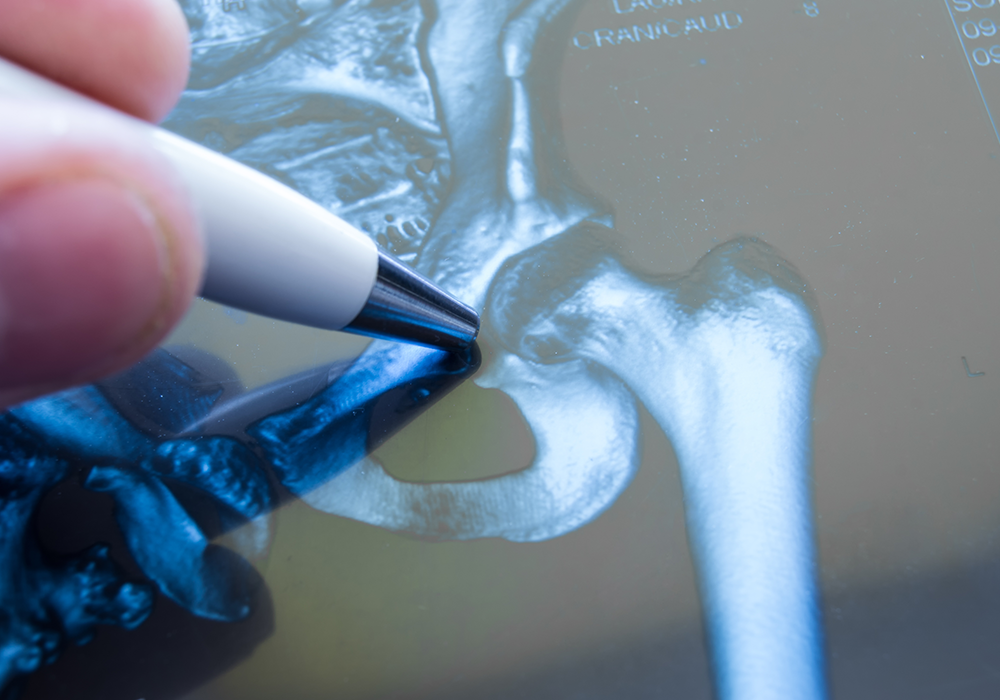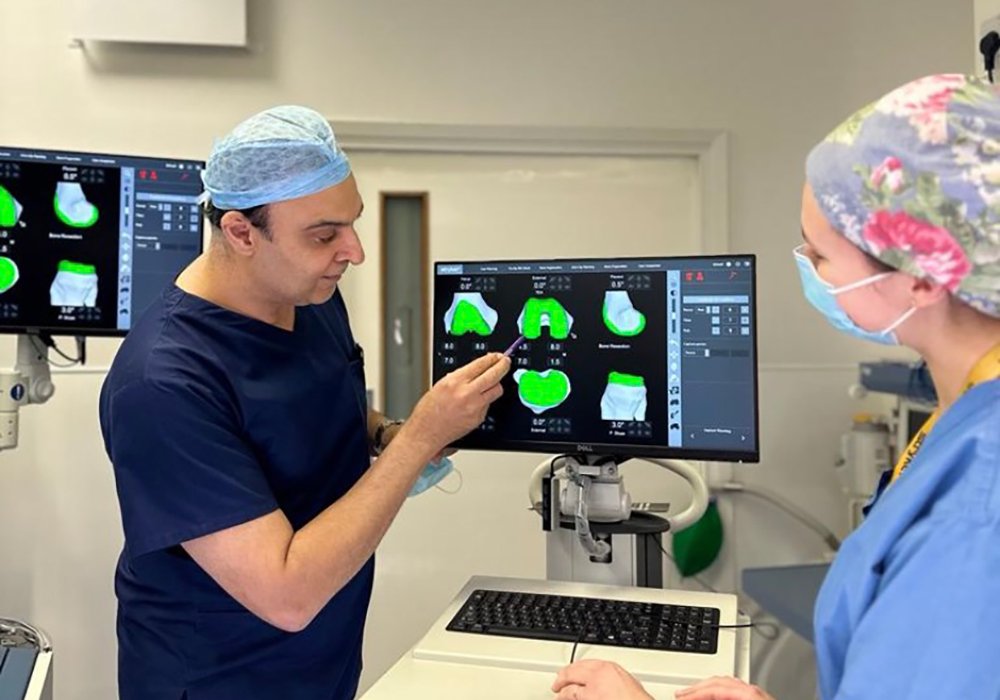Mako robotic arm-assisted surgery is improving the success of total hip and knee replacements and reducing the risks to patients. While it may seem a bit “space age” to have a robotic arm assisting in your surgery, there are multiple benefits to this new technology that are helping to transform people’s lives.
Arthritis can be debilitating resulting in chronic pain which has a major impact on quality of life, restricting movement and preventing you from doing many of the things you have always done.
Joint replacement surgery has long been the recommended solution but, although the risks are minimal, conventional joint replacement surgery can sometimes fail to produce the desired results. Implants can sometimes fail due to dislocation or infection, loosening or because of mechanical problems with the implant itself.
Mako Robotic arm-assisted surgery improving accuracy
Using a robotic arm to assist with surgery this may reduce failure rates associated with misplacement of implants, cutting the need for revision surgery to correct problems. The reason for this is that it is a highly accurate way of positioning the implant, using a detailed CT-based 3D model of your joint taken pre-operatively. This reduces the risk of dislocation or loosening.
How it works
A CT-based scan of your joint is taken prior to surgery and used to generate a 3D virtual model of your unique anatomy. The Mako system software then uses this information to create a personalised pre-operative plan. Before you are in the operating theatre, I will plan with pinpoint accuracy, the size and placement of the implant to ensure maximum stability.
During surgery, the robotic arm will assist me in positioning the implant. It facilitates controlled and highly accurate preparation, removing only arthritic bone and cartilage thanks to a virtual boundary that prevents me from inadvertently removing healthy bone and tissue.
The result is a more accurately positioned implant with as much of your natural bone and tissue remaining as possible.
The Benefits
Mako technology enables me to position your implant with absolute accuracy, based on your individual anatomy. It maps your natural movement patterns, helping to minimise orthopaedic stress on your body and ensure that you will be able to move in a natural way once the implant is in place. Rehabilitation times are reduced.
With conventional joint replacement surgery, there is always a degree of compromise on the size or positioning of the implant. Personalised surgery avoids the need for compromise and can help you to enjoy greater mobility and freedom from pain.
As with all surgery there are risks, however these are fewer than with conventional surgical techniques, related to avoiding misplacement of the implants. After surgery your progress will be closely monitored and you will be given a bespoke after-care plan to help restore a full range of movement to your joint.
Further Information
To book a consultation or to visit our website.
Contact:
Mr Nadim Aslam, Orthopaedic Robotic Surgeon, of the Worcestershire Knee & Hip Clinic
✉ [email protected]
☏ 01905 362003






